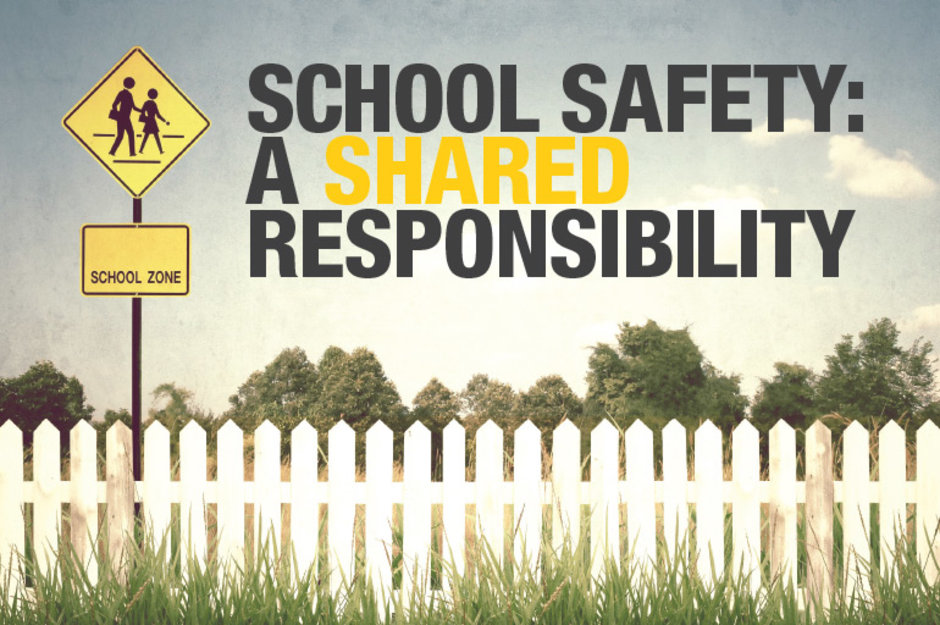The new school year begins, and planning to ensure that each school is the safest possible continues! Here are OSPI's September Super Seven School Safety Starter Suggestions to help kick of the new year.

The new school year begins, and planning to ensure that each school is the safest possible continues!
Here are our September Super Seven School Safety Starter Suggestions to help kick of the new year.
1. Comp School Safety Planning
This is a good time to review your school comprehensive safety plan. Here are some starter suggestions:
- pull your safety team together,
- meet with your local first responders,
- check your school’s emergency supplies,
- update your mapping system, and
- review your building entry protocols before school starts.
In the meantime, feel free to visit the School Safety Center website.
School Safety Center
2. ICS Requirement
RCW 28A.320.125 requires building principals be ICS certified. You can do this yourself online. ICS 100, Introduction to the Incident Command System, introduces the Incident Command System (ICS) and provides the foundation for higher level ICS training.
Get Certified
3. Heads-up! New Drill Requirements
The Legislature changed the required safety drill requirements starting in the 2019–2020 school year. Along with the previous required drills, an earthquake ‘drop-cover-hold on’ drill is now also required, as is a walking lahar evacuation for schools in mapped lahar zones. See all the new requirements. More information and guidance around lahars and tsunamis is coming soon!
Learn More
4. EQ Drill – Shakeout
One of the changes is the requirement to have an earthquake drill. Schools are strongly encouraged to participate in the Great Washington ShakeOut on October 17th. Even if you opt to “drop, cover and hold on” on a different day, please register for ShakeOut.
Register
5. Threat Assessment Program
Threat assessment is a structured group process used to evaluate the risk posed by a student or another person, typically as a response to an actual or perceived threat or concerning behavior. Contact your Educational Service District (ESD) for more information on how to engage in Level 1 training.
Learn More
6. Stop the Bleed
Did you know that a person with a life-threatening injury can die from blood loss within 5 minutes? With Stop the Bleed training, bystanders are positioned to provide immediate first aid. Stop the Bleed is a national awareness campaign intended to encourage bystanders to become trained, equipped, and empowered to help in a bleeding emergency before professional help arrives. There is no Stop the Bleed requirement; however, this is a free program which you might consider for your staff. For more information, see:
7. Suicide Prevention
September is suicide prevention month. There is online training coming soon. In the meantime, there are also a lot of valuable resources at these links: